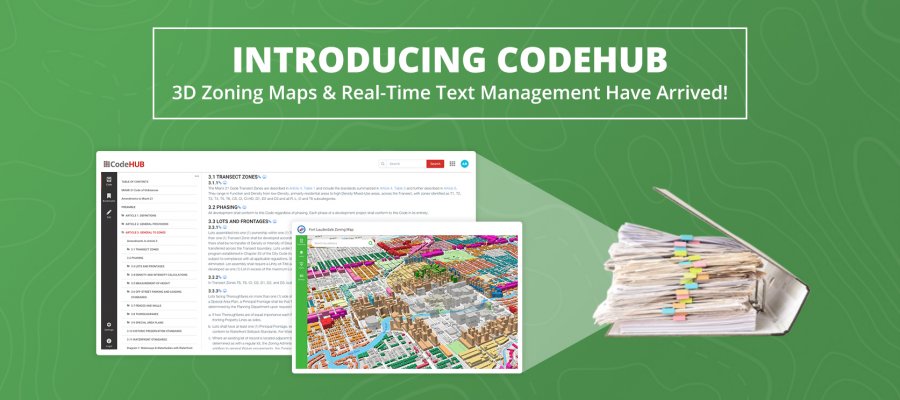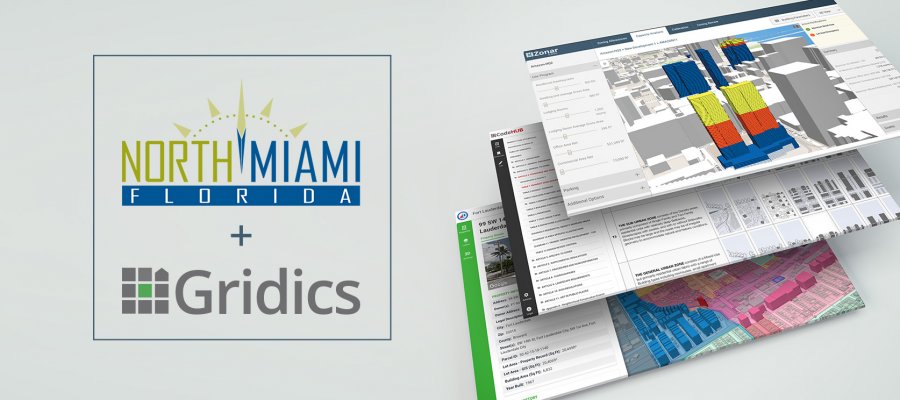For Immediate Release: May 26, 2020
Miami, FL — Gridics LLC announced a partnership with Greater Salt Lake County Municipal Services District (MSD) to adopt its industry leading zoning and planning platform. The MSD provides planning and zoning services to five townships, the Town of Brighton and to the unincorporated area of Salt Lake County, all with unique attributes and needs. By partnering with Gridics, MSD gains fully digitized data and 3D view into how zoning regulations apply to every parcel in their managed district. Gridics leading technology drives smarter planning decisions while also improving transparency for citizens, putting deeper property level zoning data at their fingertips.
As a compliment to its technology offering, Gridics urban planners and architects are assisting MSD staff as they conduct zoning code rewrites and model the real-time impact of zoning changes on development potential. The combination of Gridics’ patented zoning engine and tech-enabled professional services proves to be a natural fit for municipalities like the Greater Salt Lake MSD that are looking for ways to drive efficiency and deliver world-class citizen services.
“Greater Salt Lake MSD is committed to being on the forefront of urban planning in the State of Utah. We strive to be a model for other municipalities, and Gridics is helping staff make informed zoning changes across our municipalities and unincorporated land,” says Lupita McClenning, Director of Planning and Development for Greater Salt Lake MSD.
With the release of CodeHUB last year and more recently ZoneCheck, Gridics is providing the most comprehensive zoning code management platform available to municipalities. The Gridics platform is helping cities solve common planning and zoning pain points while making it easier to remotely serve their citizens. These include:
1) Self-service ZoneCheck tool helps to reduce front counter visits and phone calls
2) Combining land use ordinance text with an interactive 3D map, making it easier to interpret zoning rules
3) Allowing municipal staff to quickly access deep zoning details 3D scenarios
4) Gridics team of urban planners provide tech-enabled professional services
Jason Doyle, Gridics CEO, relates, “Our mission continues to be focused on making municipal zoning more efficient, transparent, and development-friendly by using a data and technology driven approach. At Gridics, we’re hyper-focused on reducing the challenges planning and zoning departments face when it comes to servicing citizens zoning questions and making data-driven planning decisions. We couldn’t be more excited by the opportunity to partner with the Greater Salt Lake MSD team.”
About Gridics: Gridics develops real estate data and software applications in the area of zoning analysis and interpretation, scenario planning, site-selection and urban planning professional services. For more information, visit www.gridics.com.
















